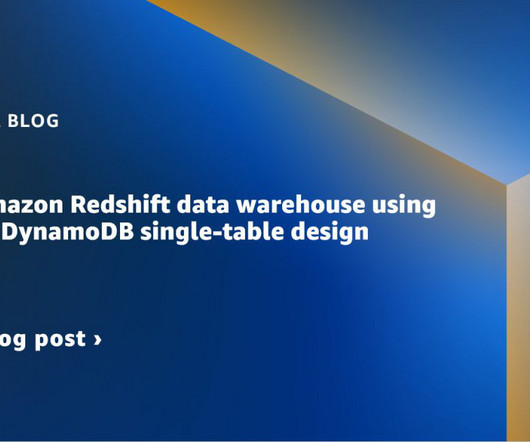Straumann Group is transforming dentistry with data, AI
CIO Business Intelligence
FEBRUARY 16, 2023
Selling the value of data transformation Iyengar and his team are 18 months into a three- to five-year journey that started by building out the data layer — corralling data sources such as ERP, CRM, and legacy databases into data warehouses for structured data and data lakes for unstructured data.














Let's personalize your content